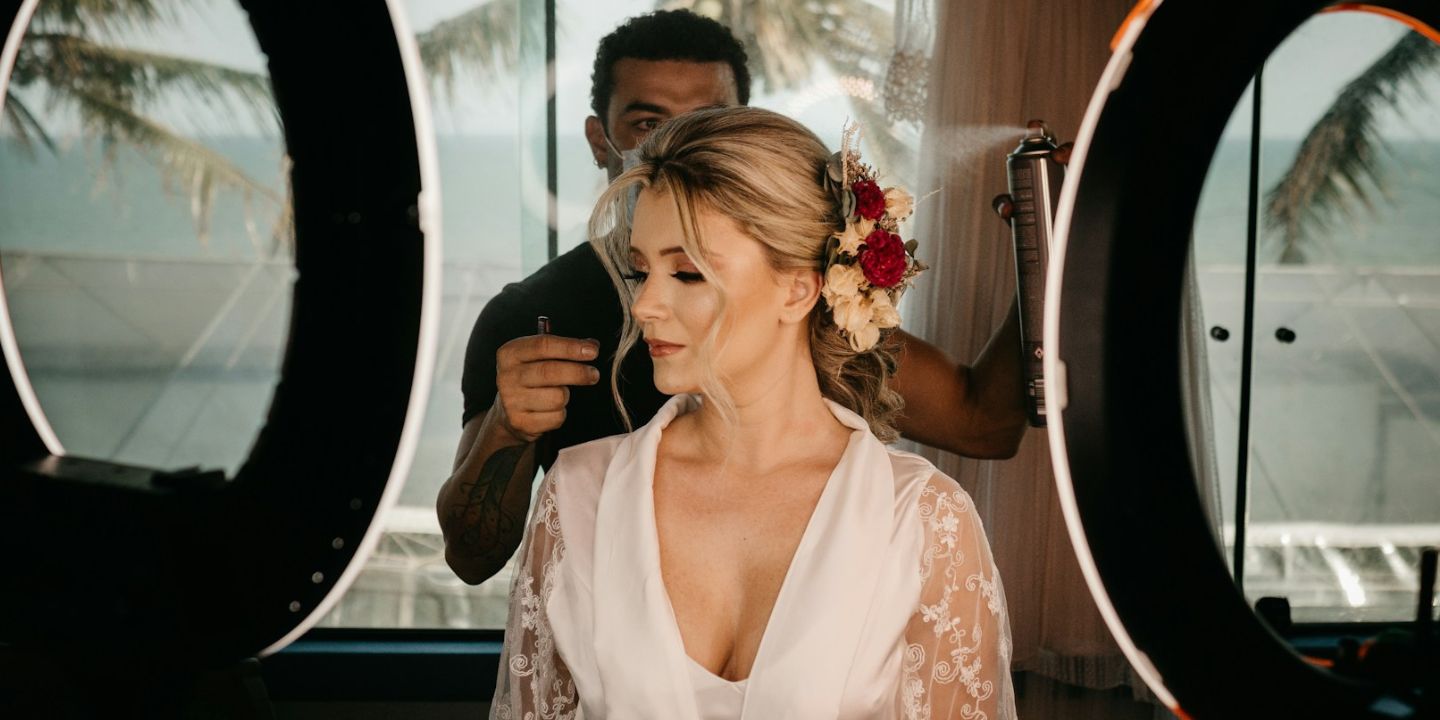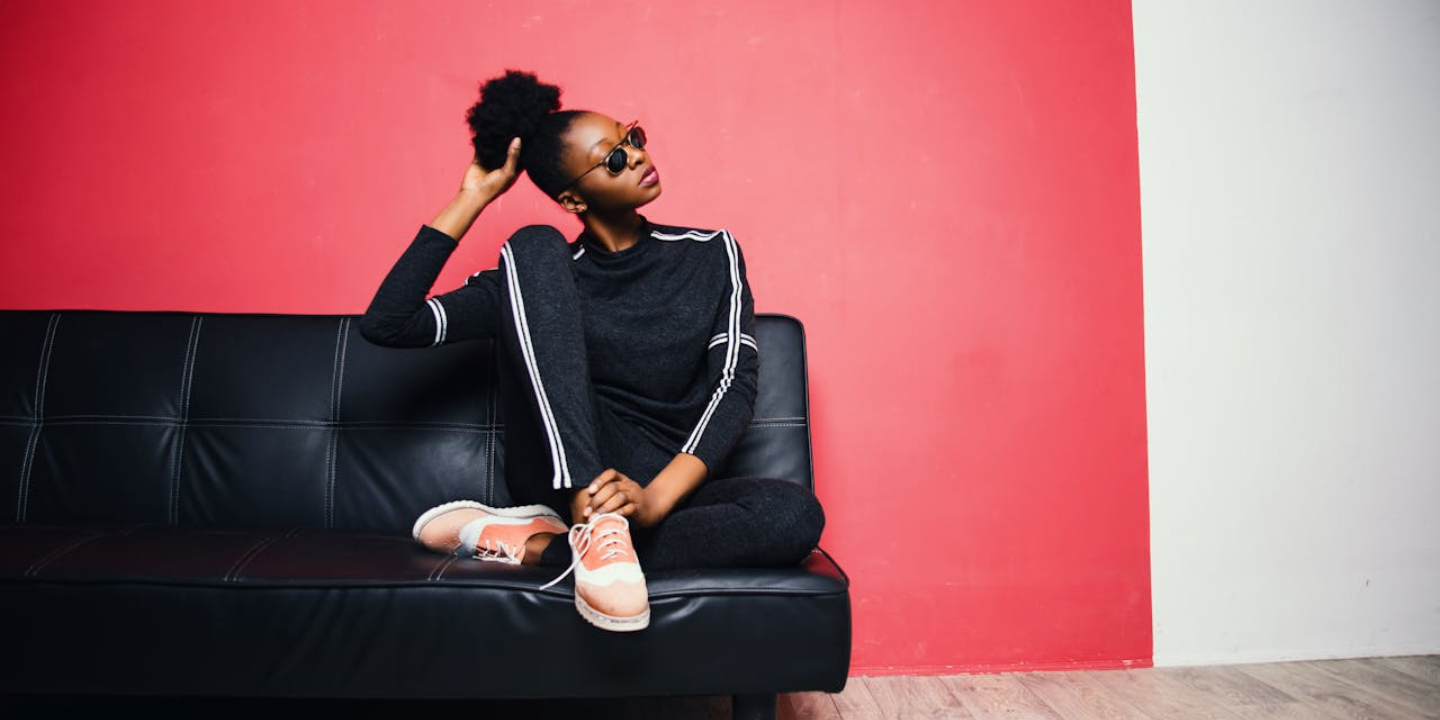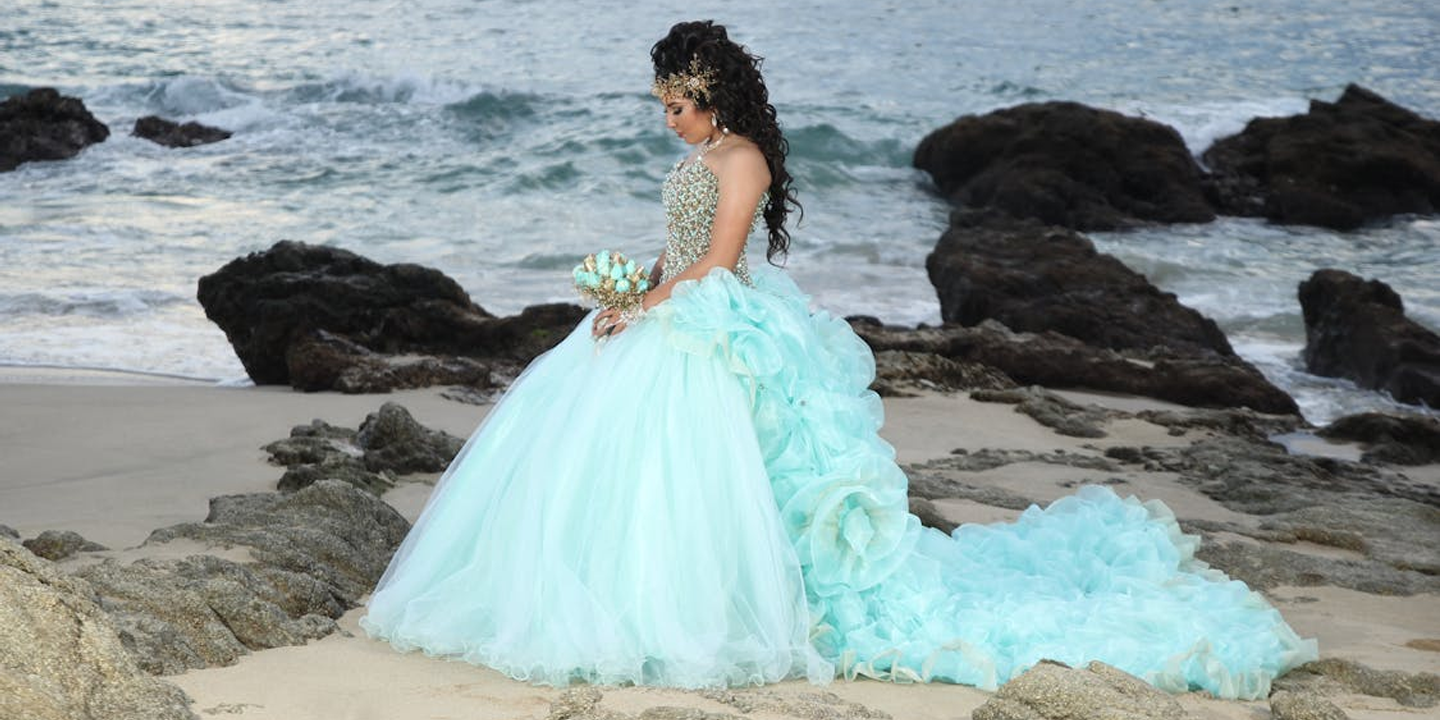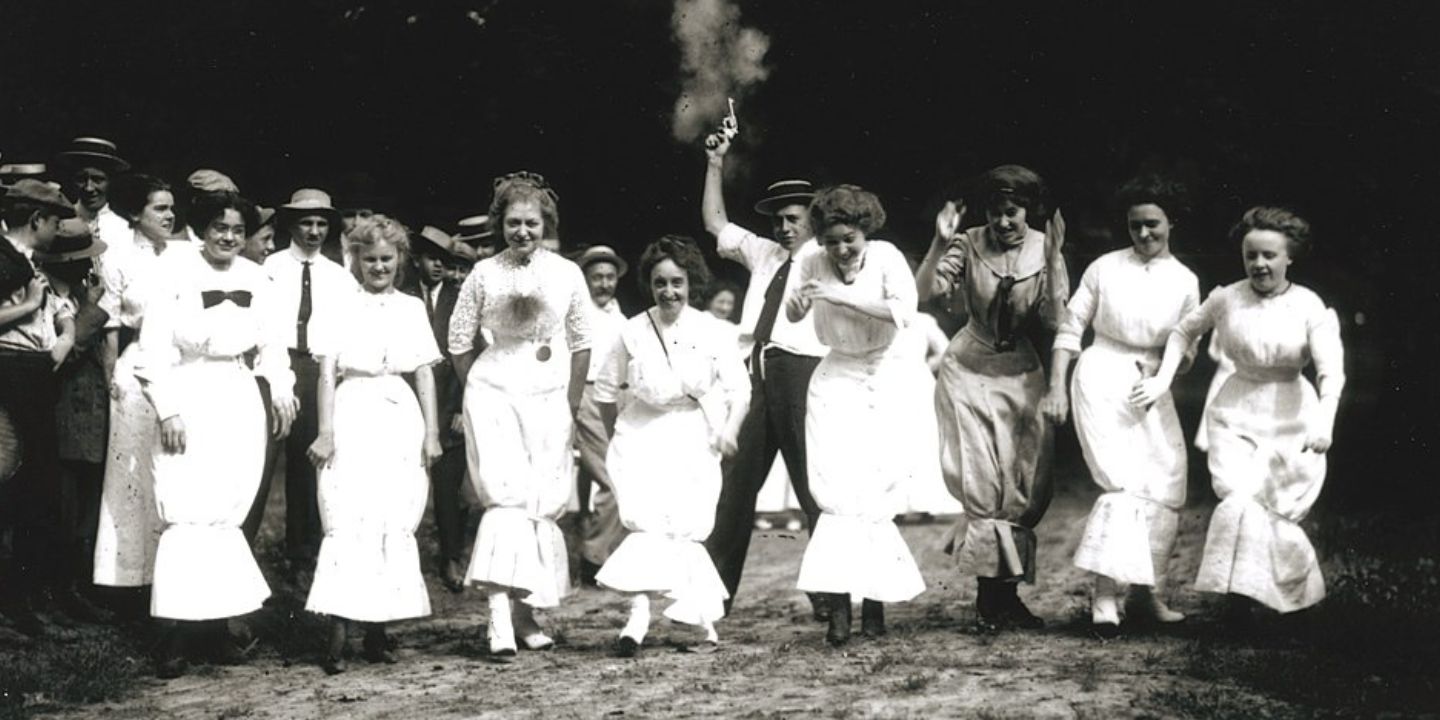Flashy Fads Vs. Timeless Treads
Some shoe brands explode onto the scene, dominate the conversation, stay a while, and then vanish without warning. They stir up trends and fade just as quickly as they came. Others build quietly, earning loyalty through consistency, design, strategy, and culture. These are the ones that evolve, not evaporate, as the fashion cycle keeps spinning. This list reveals 10 shoe brands that fizzled out fast—and then highlights 10 timeless classics that continue to lace up across generations.
1. K-Swiss (Peak: Early 2000s)
Andy Roddick’s flair propelled K-Swiss’ sleek five-stripe sneakers across tennis courts, typical of early-2000s prep. The bold innovations outshone its static designs. By 2010, outlet shelves housed its faded glory. K-Swiss’ swift decline reveals how fleeting fame crumbles without relentless evolution in style’s competitive arena.
2. Candie’s (Peak: Late 1970s And Early 1980s)
Candie’s chunky platforms and disco slides surged in the late ’70s and early ’80s, powered by bold youth fashion. After an ownership change in 1986, prices climbed, and marketing dwindled. By the early ’90s, it was no longer the mall icon it initially was.
 Candies High Heel Mules Unboxing by Mimi's Shoebox
Candies High Heel Mules Unboxing by Mimi's Shoebox
3. LA Gear (Peak: Early 1990s)
LA Gear’s flashy light-up sneakers defined ‘90s playground cool, but poor build and over-expansion collapsed its momentum. By chasing fast fame over strong foundations, it lost customer trust. Once a rival to Nike, it’s now a nostalgia piece buried in discount-store memory bins.
 LA GEAR REGULATOR/PUMPS (1991) by The Retro Man Randy Savage
LA GEAR REGULATOR/PUMPS (1991) by The Retro Man Randy Savage
4. Simple Shoes (Peak: Late 1990s)
Eco-friendly trailblazer Simple won over late-90s skaters with quirky, sustainable sneakers. However, giant brands dwarfed its niche charm. After Deckers’ 1993 acquisition, Simple Shoes was highly overshadowed by other brands. Its distribution ceased in 2011.
 Simple Shoes Kickstarter Campaign | M studio by MstudioLLC
Simple Shoes Kickstarter Campaign | M studio by MstudioLLC
5. Airwalk (Peak: Mid-1990s)
Airwalk’s edgy skate shoes were once fueled by Tony Hawk’s fame. Yet, they fell off the track when the brand chased mainstream retail. Mass production diluted its underground image. As core skaters moved on, Airwalk became a shell of its rebel roots.
 Raúl Hernández González from Aranda de Duero, Spain on Wikimedia
Raúl Hernández González from Aranda de Duero, Spain on Wikimedia
6. Rocket Dog (Peak: Early 2000s)
Rocket Dog’s whimsical flats, adorned with boho-chic prints, charmed festival-goers in the 2000s. They echoed Sienna Miller’s free-spirited vibe. But soon, fast fashion’s rapid designs overtook Rocket Dog’s style. Without bold reinvention, it faded from view.
 Rocket Dog Rainbow SKU: 9143172 by Shop Zappos
Rocket Dog Rainbow SKU: 9143172 by Shop Zappos
7. Skechers Shape-Ups (Peak: 2010)
Skechers Shape-Ups promised toned legs through a wobbly sole. Endorsed by celebs, they exploded in popularity—until lawsuits over false claims wrecked credibility. Consumers abandoned the gimmick for actual performance shoes. Today, they’re more of a fitness punchline.
8. Heelys (Peak: Mid-2000s)
Kids zoomed through malls in Heelys’ wheeled sneakers, a mid-2000s craze. However, safety fears and market saturation dulled its spark. Stuck as a one-trick pony, it rolled into irrelevance, outshone by brands with broader, trend-savvy appeal.
9. PF Flyers (Peak: Mid-2000s)
Originally a 1950s gym-class staple, PF Flyers got a reboot in the 2000s, thanks to The Sandlot and vintage Americana trends. However, inconsistent marketing and Converse’s market dominance left it struggling to stick. Despite brief fame, PF Flyers faded again—more pop-culture prop than enduring player.
 Forksandpassports on Wikimedia
Forksandpassports on Wikimedia
10. BCBGeneration (Peak: Early 2010s)
BCBGeneration dazzled early 2010s fashion lovers with affordable glam but soon struggled to keep up with trendsetters like Zara. Lacking a bold identity or lasting appeal, the brand faded as its offerings became predictable, unable to distinguish itself in a market hungry for constant reinvention.
 BCBGeneration Kala SKU: 9520081 by Shop Zappos
BCBGeneration Kala SKU: 9520081 by Shop Zappos
So, if you’re in the market for something that’ll stick for a long time, forget the previous brands. The next ten shoe icons will always stay in.
1. Nike (Since: 1964)
Innovation drives Nike’s dominance, from Air Max cushioning to Flyknit tech. Its swoosh symbolizes performance and street cred, embraced by athletes and fashionistas alike. Constant reinvention and cultural relevance keep it thriving. Nike proves that adaptability writes a brand’s name in footwear history.
2. Adidas (Since: 1949)
Three stripes symbolize Adidas’ Olympic heritage, born with Jesse Owens’ 1936 victories. Its Boost foam revolutionized comfort, while minimalist Stan Smiths became art-world darlings. A commitment to athlete-driven engineering keeps Adidas iconic, its influence spanning stadiums to galleries.
3. Converse (Since: 1908)
Best known for its iconic Chuck Taylor All Stars, Converse built its legacy on simplicity, versatility, and cultural crossover. Originally created for basketball, Chuck Taylors evolved into symbols of rebellion, art, and street style. Their timeless silhouette—worn by punks, skaters, and fashion elites alike—makes Converse a brand that never fades.
4. New Balance (Since: 1906)
Precision making promotes New Balance’s 990 series, a favorite among marathoners and minimalists. Its made-in-USA factories champion local labor and by prioritizing ergonomic excellence over trends, New Balance builds trust. The brand’s understated designs are a quiet rebellion against fashion’s whirlwind.
5. Vans (Since: 1966)
Skate parks birthed Vans’ waffle soles that grip boards with unmatched traction. Checkerboard patterns became a Gen-X emblem, now reborn in collabs. Rooted in California’s DIY ethos, Vans empowers self-expression. Their versatile designs are a canvas for individuality across decades.
6. Reebok (Since: 1958)
Reebok’s Classic Leather and Pump technology revolutionized fitness footwear in the '80s. Plus, strategic collaborations with designers like Vetements keep it fresh. By championing women’s aerobics and streetwear crossovers, Reebok bridges the past and present, shining in niche communities.
7. Dr. Martens (Since: 1947)
Post-war workers inspired Dr. Martens’ air-cushioned boots. They were later adopted by '70s punks as a rebellion uniform. Their yellow stitching gained a cult following and by amplifying marginalized voices through music and protest, the brand keeps marching through cultural revolutions.
8. Clarks (Since: 1825)
Suede Wallabees by Clarks, rooted in Jamaican street style, shaped global sneaker culture. Their artisanal factories in Vietnam and India ensure production precision. Blending comfort with cross-cultural appeal, Clarks’ understated designs are a force in fashion’s diversity.
 C & J Clark archive on Wikimedia
C & J Clark archive on Wikimedia
9. Puma (Since: 1948)
Puma’s suede classics and bold collaborations, like Rihanna’s Fenty line, fuse sport with fashion. Puma has even been worn by Tommie Smith and has collaborated with Alexander McQueen. Its logo leaps across athletics and streetwear, never stagnating. Agility in design and partnerships make Puma a favorite.
 Vincent van der Heijden on Wikimedia
Vincent van der Heijden on Wikimedia
10. Timberland (Since: 1952)
New England’s harsh winters gave us Timberland’s waterproof boots, which were later embraced by '90s rappers. The brand’s tree-planting initiatives and recycled materials champion eco-justice. Built for rugged terrains and urban streets, Timberland’s legacy keeps growing, rooted in purpose-driven durability and style.



















